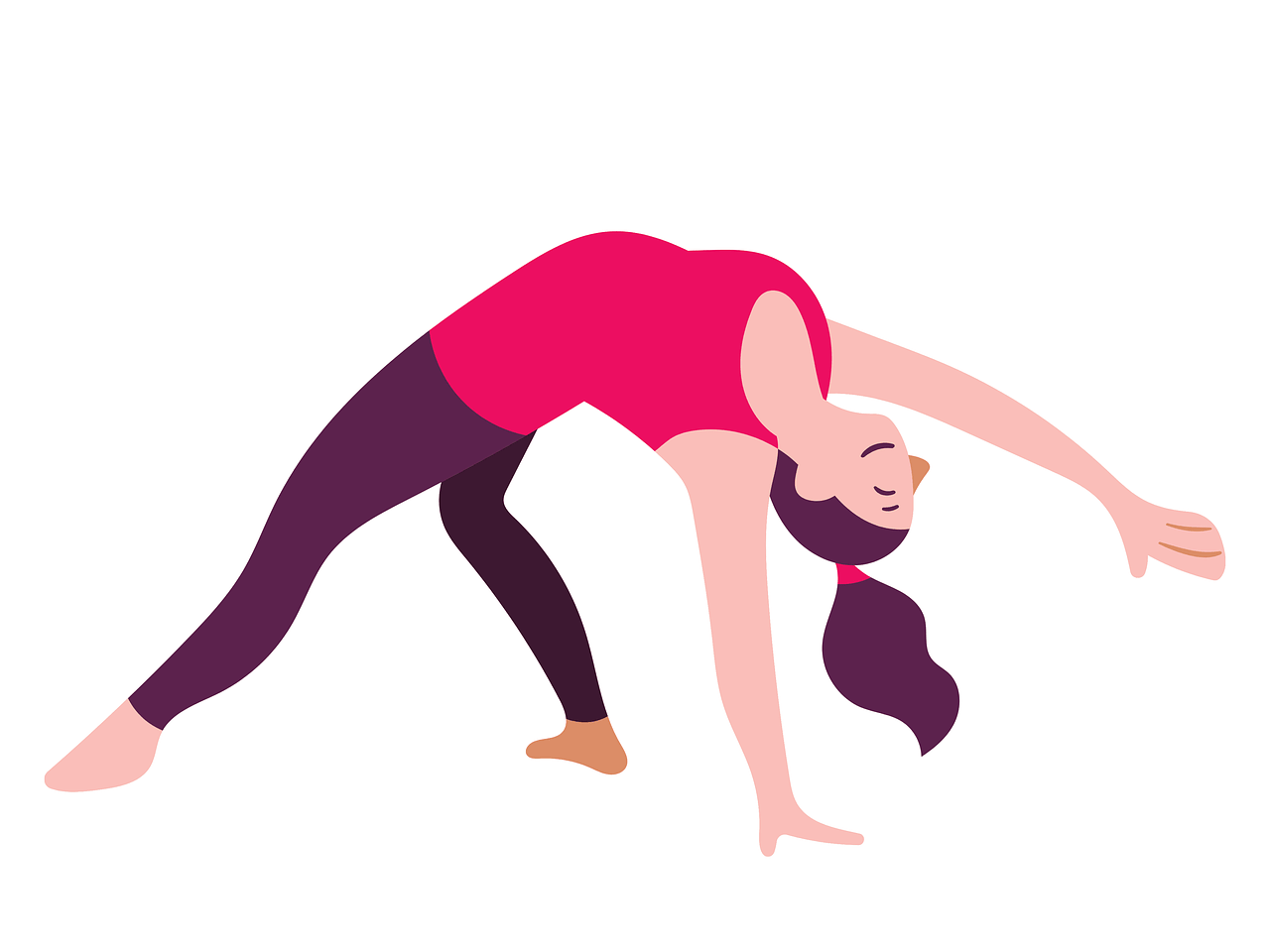
Have we ever heard about Yin Yoga Sequence before? Let’s get right into it. Naturally, we’ve all been in a situation where anger and frustration boil within, but there isn’t any way of expressing it, so it gets intense. Days when we get irritated, angry, or even get into a bad mood.
Most of us already know the good way to solve this issue: yoga (it helps lift one’s perspective). However, with Yin Yoga, we can channel our Yoga practice to hit certain emotions by embracing a meridian-based approach, which lays much focus on the organs and their associated emotions and paves the way for vital energy to pass through these areas quickly.
What is Yin Yoga Sequence practice?
Developed in India and China, Yin Yoga Sequence is an entirely different form of yoga practice that penetrates deeply into our body, targeting our connective tissues – ligaments, Bones, joints, and the deep fascia networks of the body. It’s excellent for increasing circulation and mobility and keeps a balance in energy flow throughout the body as most of its poses target energy routes and meridians. Yin is a slow, meditative, and soothing style of yoga that focuses on stimulating and stretching various acupressure points.Also check 10 Tips To Help Your Daily Yoga Practice
In Yin Yoga, most passive posses are held for about 2-5 minutes to work into our tissues. The more work you put on your Fascial system and deep tissues, the less dense and tight the body become as we grow old; stretches and locomotion hydrate Fascia, which helps slow the aging process.
When we experience discomfort in any way, our bodies become tense. Yin yoga additionally shows us how to reroute the brain and moderate the pulse. Your mind certainly stays relaxed throughout the entire practice, and you’ll be able to let the tension out and also stretch your connective tissues more quickly.Also you can check the yin yoga sequence pdf
History of Yin Yoga Sequence practice
Staying in a particular pose stretches and other techniques related to Yin Yoga started centuries ago in China and Taiwan as a part of Daoist Yoga. The Taoist priests taught this knowledge with breathing techniques to Kung Fu practitioners around 2,000 years ago.
There’s been a misinterpretation of thoughts; individuals saying yin yoga Sequence arose during the 1970s and was established by combative techniques master and Taoist yoga instructor Pauline Zink. Pauline teaches Taost yoga, a practice informed by his martial art background.
It was Paul Grilley who created Yin yoga. Its popularity is accredited to Paul and his wife Suzee, Bernie Clark, and Sarah’s powers.
Benefits of Yin Yoga Practice
Developing old, the bones begin deteriorating, and we lose versatility in our joints, and our Fascia turns out to be tight. Consistent yoga practice helps regain mobility and aids in reducing body pains. This is because it applies delicate, solid stretches to our joints and our connective tissues. Yin Yoga is by far a more incredible substitute to the more physically demanding Yang Yoga discipline. It’s an ideal development to extreme yoga so you can remain adjusted and adaptable to help forestall injury. Below are the main benefits of a Yin Yoga Sequence practice.
- Improves body flexibility.
- Increases circulation.
- Allows for energy flow throughout the body.
- Enhances joint mobility and range of locomotion.
- Reduces stress and level of anxiety.
- Boosts mind and body relaxation.
- Creates a balance on our Yang yoga practice.
- Balances our internal organs.
Principles of a Yin Yoga sequence
Let’s quickly have a look at the following principles to enable a successful YinYoga practice.
- Get the right edge: move gently with much caution into the pose and look for intensity. Mind you, never stretch too much as to cause pain. It’s vital to be comfortable and supported in your posture to enable your muscles to relax and stay open.
- Stillness: try to release into the pose and stay still without changing position. Ensure your eyes are closed so the body gets the relaxation it deserves. You might begin to get worried the more intense a posture gets, but stay focused on your ease and breath.
- Stay in the position for 5 minutes or more. You can choose to start with 3minutes before advancing to 5 or more.
- Come out of the pose gently and slowly.
What to experience in a Yin Yoga practice
A typical yin yoga practice consists of long-held, passive floor poses which aid in working the lower part of our body; hips, lower spine, and inner thighs. These areas are wealthy in connective tissues. Yin yoga asanas are held for 5 minutes or more. During this training, it’s regular to encounter different feelings like nervousness, dread, satisfaction, misery, or weariness.
Most of our feelings are confined within the body. These contained feelings can show as agony or blockages like bunches in our shoulders, tight hips, sore necks, or agonies. It’s necessary to release the stored emotions to keep the body pain-free, balanced, and healthy.
Who can go in for a yoga practice?
Yin yoga is definitely for all. Although all can benefit from this practice, it’s a recommendation for senior citizens, athletes, and also individuals with some decreased range of motion or injury. Some yin yoga tutors focus on the science of meridian theory, while others let you focus your mind on the stretches.
It isn’t a challenging movement practice, although newbies should expect a somewhat stressful pattern at the start. This practice will surely make an excellent cross-training to your daily life as it helps reduce the level of back pain or tight hips.
3 Beginner Yin Yoga sequence
Written below are three friendly beginner yin yoga one should try someday. This sequence will help you circulate and nourish your qi (the subtle energy that runs through our body’s meridian pathways). If you’ve got a stagnant qi, this sequence will help you rebuild. There isn’t any need for a warm-up before the sequence as it helps get deeper into the connective tissues.
- .Wide-kneed child’s pose
Open a blanket wide to support your knees. From the tabletop, widen your knees with the intensions of gently stressing your inner legs. Move your hips slightly towards your heels and place your arms overhead. Hold for 3-4 minutes and experience softness in your joints, muscles, and breathe. - Cat/Cow pose
From the wide-kneed pose, try to walk your hands back towards you. Ensure your fingers are spread wide beneath your shoulders, and also let your knees stay below your hips with your toes placed back and the tips of your feet on the mat. With a breathe in, lift your jaw away from your chest, twist your back, and lift your heart. With an exhale, round your spine, push your belly in, and look towards your belly button. - Downward-facing Dog
Move your hands a couple of creeps forward to the highest point of your mat and spread your fingers wide. Bend your toes under, lift your knees off the mat and spot your hips up towards the roof. After this, take a couple of knee twists or whatever other move which feels great in your body. Get quietness in the downward-facing dog and watch that your feet are at a hips-width distance, hands shoulder-width distance, fingers spread wideout, and spine is expanded. - As a beginner in Yin Yoga class, your practice might end there, but if you’ve been in the yoga practice for a while now, you may add these asanas;Also check Most important facts about Pincha Mayurasana with 8 Tips and Tricks
- The seal pose
- Ragdoll/dangle pose
- Gecko pose
- Half split pose
- Sleeping swan pose
- Sphinx pose
- Happy baby pose
- Spinal twist pose
- Savasana
- And others
The Baseline
Yoga is simply about finding balance and staying fit. Haven’t you tried a Yin yoga practice before? Why not try it today. I guarantee you that you gon be amazed at the development in your yang and reflection rehearses. Get that mat and stretch those bones and also let go of your emotions today!!









